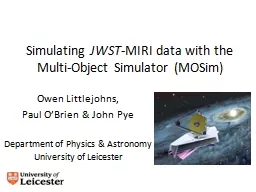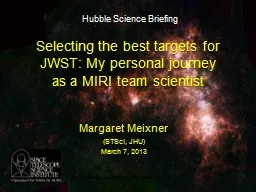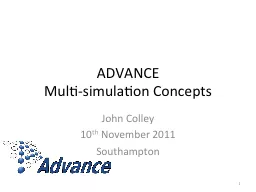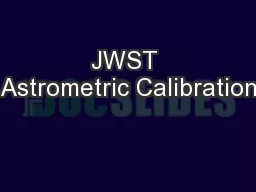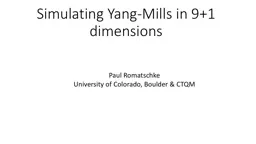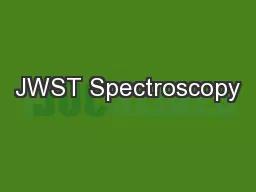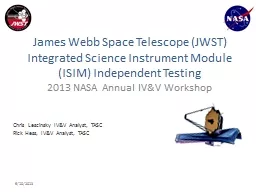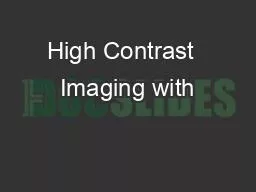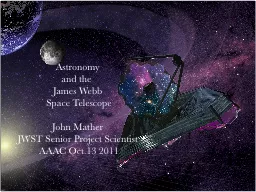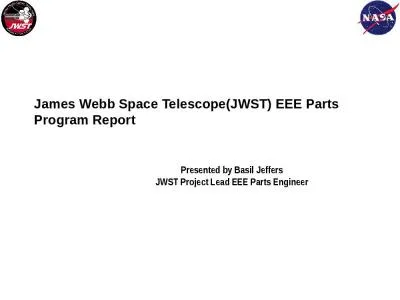PPT-Simulating JWST -MIRI data with the Multi-Object Simulator (
Author : dailyno | Published Date : 2020-10-22
MOSim Owen Littlejohns Paul OBrien amp John Pye Department of Physics amp Astronomy University of Leicester MIRI MidInfrared Instrument 529 μ m Capable of imaging
Presentation Embed Code
Download Presentation
Download Presentation The PPT/PDF document "Simulating JWST -MIRI data with the Mul..." is the property of its rightful owner. Permission is granted to download and print the materials on this website for personal, non-commercial use only, and to display it on your personal computer provided you do not modify the materials and that you retain all copyright notices contained in the materials. By downloading content from our website, you accept the terms of this agreement.
Simulating JWST -MIRI data with the Multi-Object Simulator (: Transcript
Download Rules Of Document
"Simulating JWST -MIRI data with the Multi-Object Simulator ("The content belongs to its owner. You may download and print it for personal use, without modification, and keep all copyright notices. By downloading, you agree to these terms.
Related Documents

